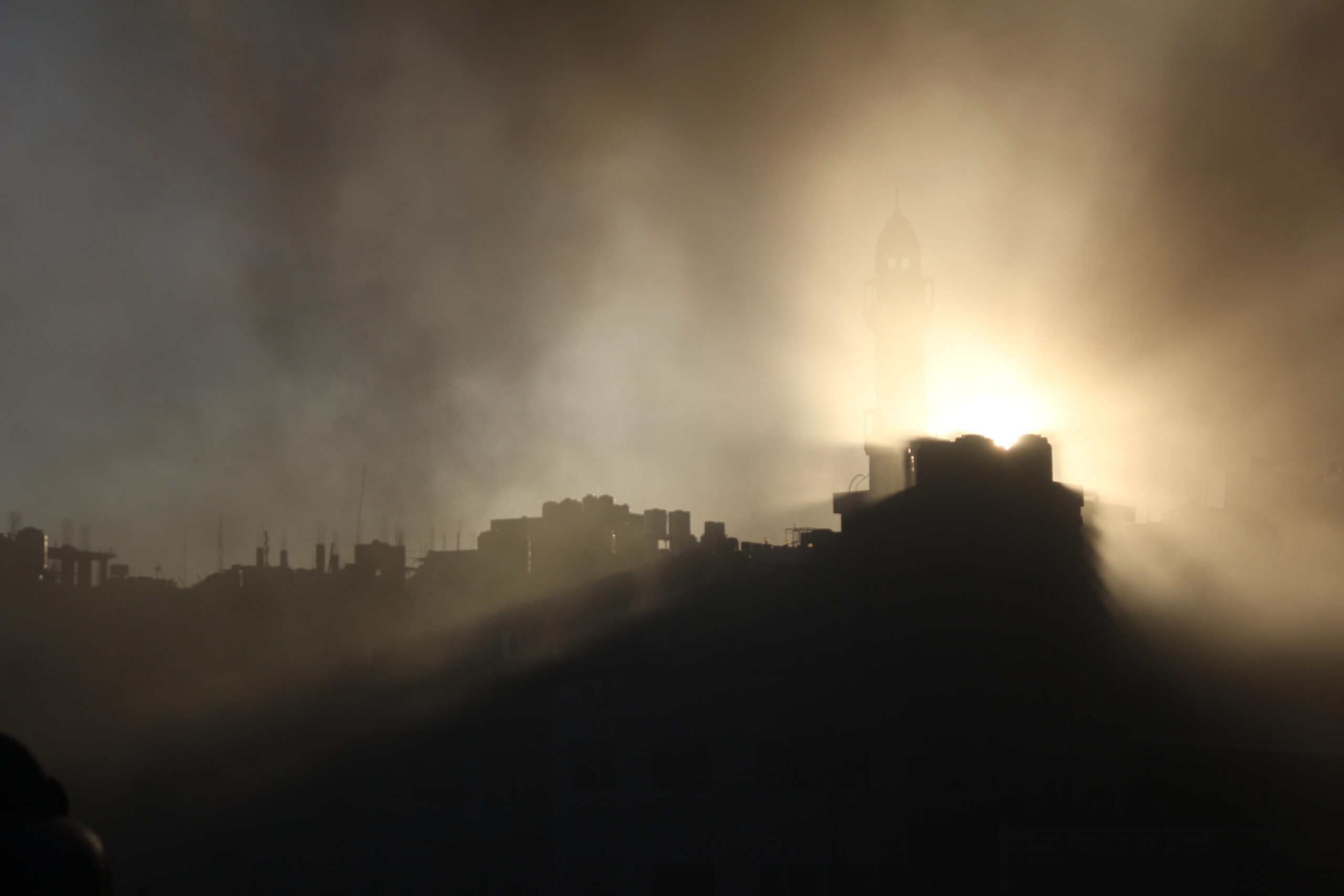No Safe Space: Health Consequences of Tear Gas Exposure Among Palestine Refugees
Download PDFSummary
Residents of several longstanding refugee camps in the occupied Palestinian territory (oPt) have reported exposure to tear gas 2 – 3 times a week for more than a year, but in some months, almost every day. In Aida and Dheisheh camps, both located just outside Bethlehem in the occupied West Bank, residents have alleged that tear gas utilization by the Israeli Security Forces (ISF) is not directly correlated to political tensions, non-violent or violent protests, or stone throwing incidents. These reports raise concerns about the health consequences of such frequent exposure, both physical and psychological, for Palestine refugees and staff from the United Nations Relief and Works Agency for Palestine Refugees (UNRWA) who live and work in these camps. They also raise concerns that the ISF may be using tear gas in ways that are in breach of international norms. The aim of this paper is to (1) identify the frequency of exposure to tear gas among refugees who live in Aida and Dheisheh camps, and (2) categorize potential medical and psychological symptoms (both acute and chronic) associated with this exposure. We also aim to frame the use of tear gas within the social and political context and highlight the personal experiences of refugees, health workers, and UNRWA staff. To produce a comprehensive evaluation of the context, exposure, health effects and possible solutions, the research team triangulated data from (1) qualitative interviews with focus groups within the camps and health workers who care for these residents, (2) medical evaluations of those who came forward with concerns about significant reactions, and (3) household surveys of the Aida camp residents on exposure frequency and medical and psychological symptoms.

